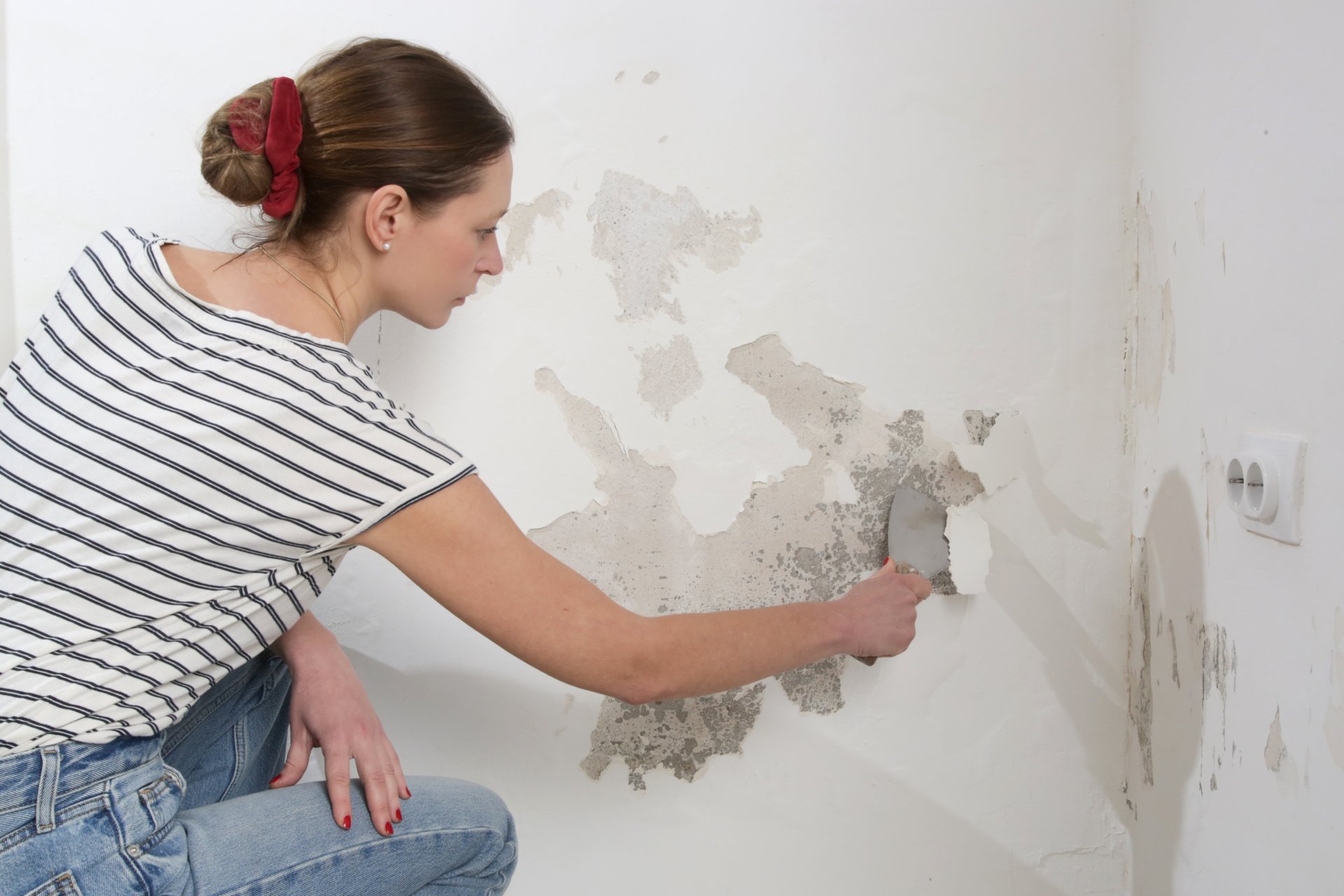Discover how to revitalize your home with sustainable painting techniques that are kind to the planet and to your health.
In today’s world, making eco-friendly choices is more than a trend—it’s a necessity. When it comes to painting your home, whether interior or exterior, opting for green methods and materials not only contributes to the environment but also ensures a healthier space for you and your family. Learn how you can significantly reduce your ecological footprint while achieving a fresh, new look for your home.
Here are some essential eco-friendly painting tips that promise vibrant results while respecting our planet.

1. Choose Non-Toxic, Eco-Friendly Paint
The cornerstone of eco-friendly painting is selecting non-toxic paints. Conventional paints are laden with volatile organic compounds (VOCs) that can harm your health and the environment. Low-VOC or VOC-free paints, on the other hand, offer a safer alternative, reducing the emission of harmful chemicals into your home and the atmosphere.
Eco-friendly options come in a wide range of colors and finishes, so you won’t have to compromise on style for sustainability.
Here are a few suggestions: Benjamin Moore’s Natura, Sherwin-Williams Harmony, Behr’s Premium Plus.
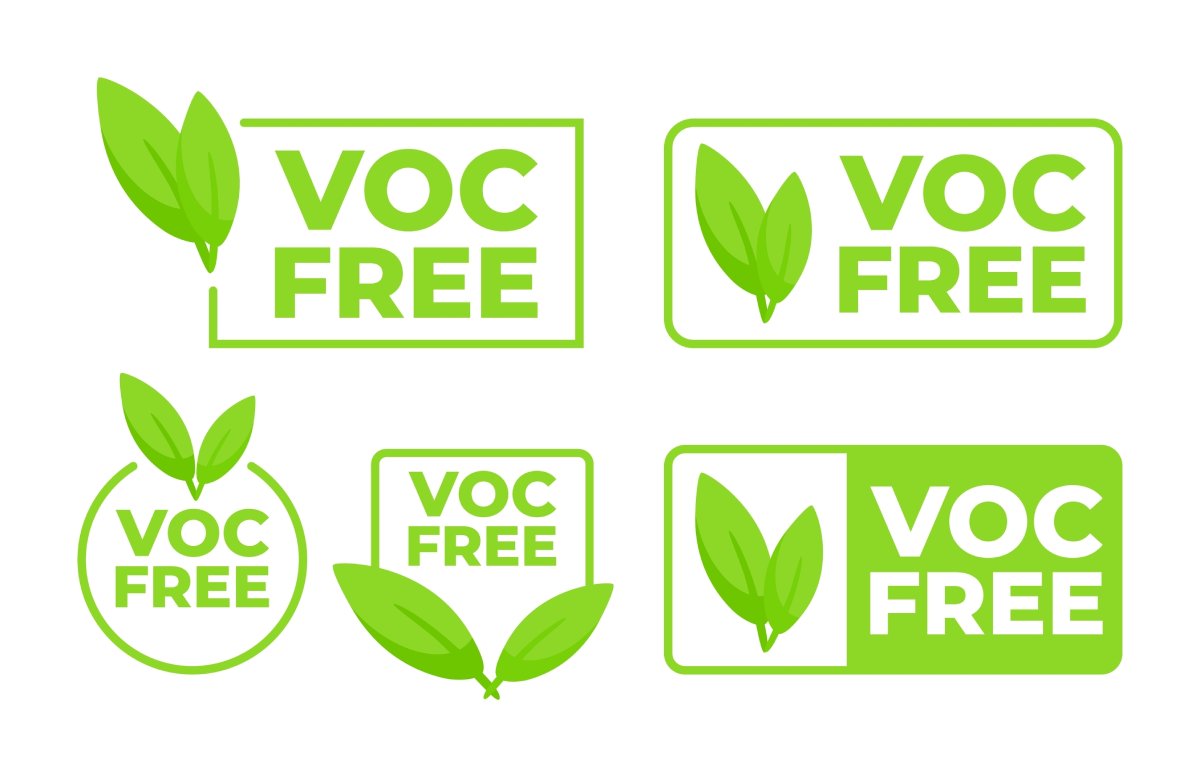
2. Leverage Natural and Organic Paints
Take your green initiative a step further by choosing paints made from natural and organic materials. These paints are derived from renewable resources, such as water, plant extracts, and mineral pigments. They also promote indoor air quality, making them ideal for homes with allergy sufferers or individuals sensitive to chemicals.
Additionally, using these paints supports sustainable agriculture and reduces dependency on fossil fuels. When selecting these paints, look for certifications, such as the EU Ecolabel, that confirm their organic content and eco-friendly production processes to ensure you’re getting a truly green product.
Some good examples are Earthborn Paints, Biofa, and Auro.

3. Prioritize Sustainable Painting Techniques
Employ painting techniques that minimize waste:
- Use reusable drop cloths instead of plastic ones.
- Opt for durable, high-quality brushes and rollers that can withstand multiple uses, such as brands like Purdy or Wooster. This approach not only reduces plastic waste but also ensures a smoother, more professional finish.
- Consider using paint trays made from recycled materials or repurposing old ones to further reduce your ecological footprint. Look into products from Eco-Ezee, which offers trays made from 100% recycled materials
- When cleaning up, opt for natural cleaning agents to wash brushes and rollers, minimizing the introduction of chemicals into the water system. White vinegar and water for water-based paints, or citrus-based cleaners for oil-based paints, can effectively clean brushes and rollers without harming the environment.

4. Prepare Surfaces Efficiently
Proper preparation reduces the need for multiple coats of paint, saving both time and resources.
- Clean walls thoroughly and repair any imperfections before painting. This ensures better adhesion of the eco-friendly paint, making your job easier and more durable.
- Use sandpaper and other manual tools to prepare surfaces, avoiding chemical strippers that can release harmful substances.
- Collect and properly dispose of the debris from surface preparation, to prevent unnecessary pollution.
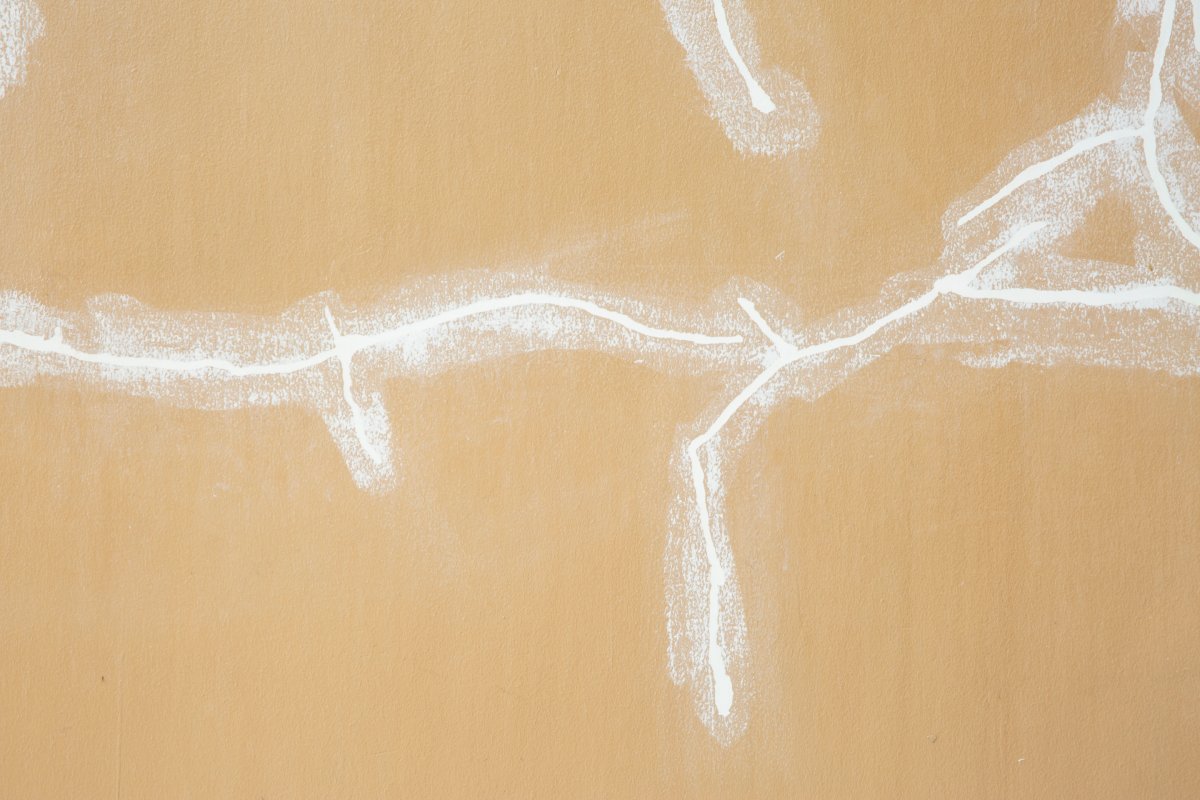
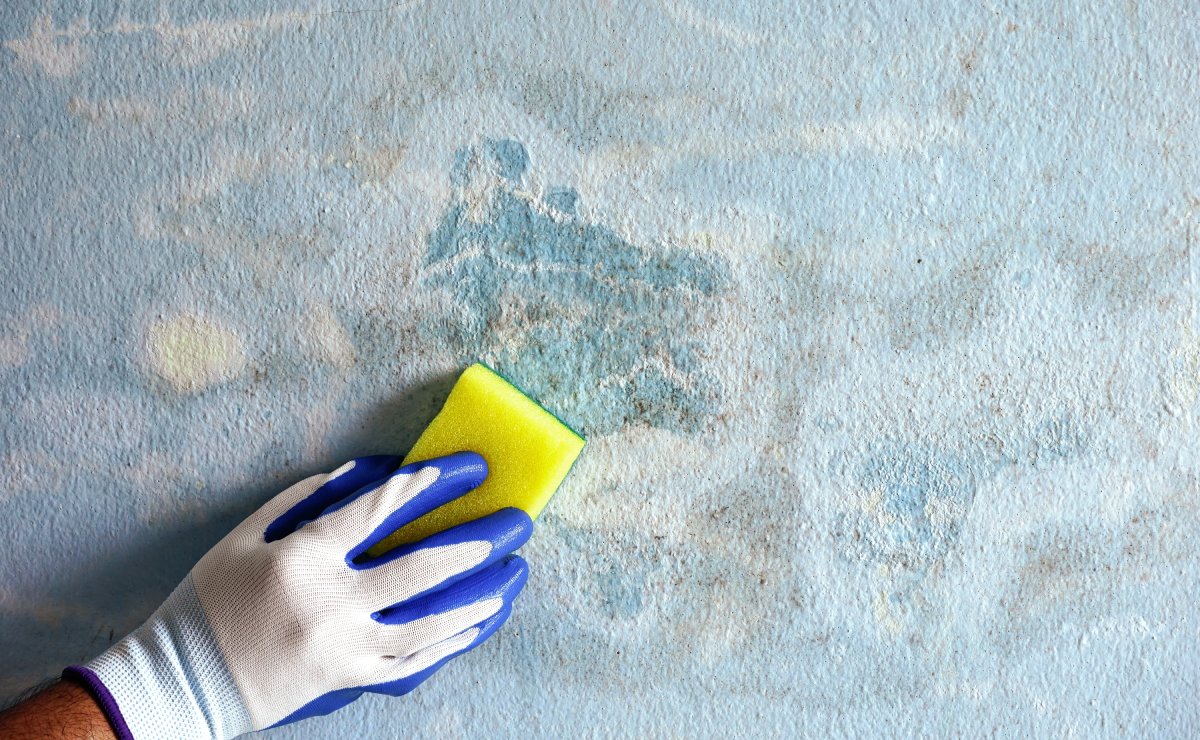
5. Embrace Eco-Friendly Home Practices
Extend your eco-conscious efforts beyond paint selection.
- Use natural light as much as possible when painting to save energy.
- Ensure proper ventilation to minimize indoor air pollution.
- Incorporate energy-efficient LED lighting for painting in areas where natural light is insufficient. LED lights consume significantly less energy compared to traditional lighting options and provide a bright, consistent light to help you achieve a precise finish.
6. Treat Leftover Paint Responsibly
Eco-friendly painting doesn’t end with the application.
- Dispose of or recycle leftover paint properly to prevent environmental contamination. Check your local community for paint recycling programs.
- If recycling options are not available, consider donating leftover paint to local schools, theaters, or community centers that could use it.
- Store paint correctly for future touch-ups. To extend paint life, seal the container tightly and store in a cool, dry place. Avoid direct contact with concrete floors, since concrete can conduct cold or moisture that may affect the paint.
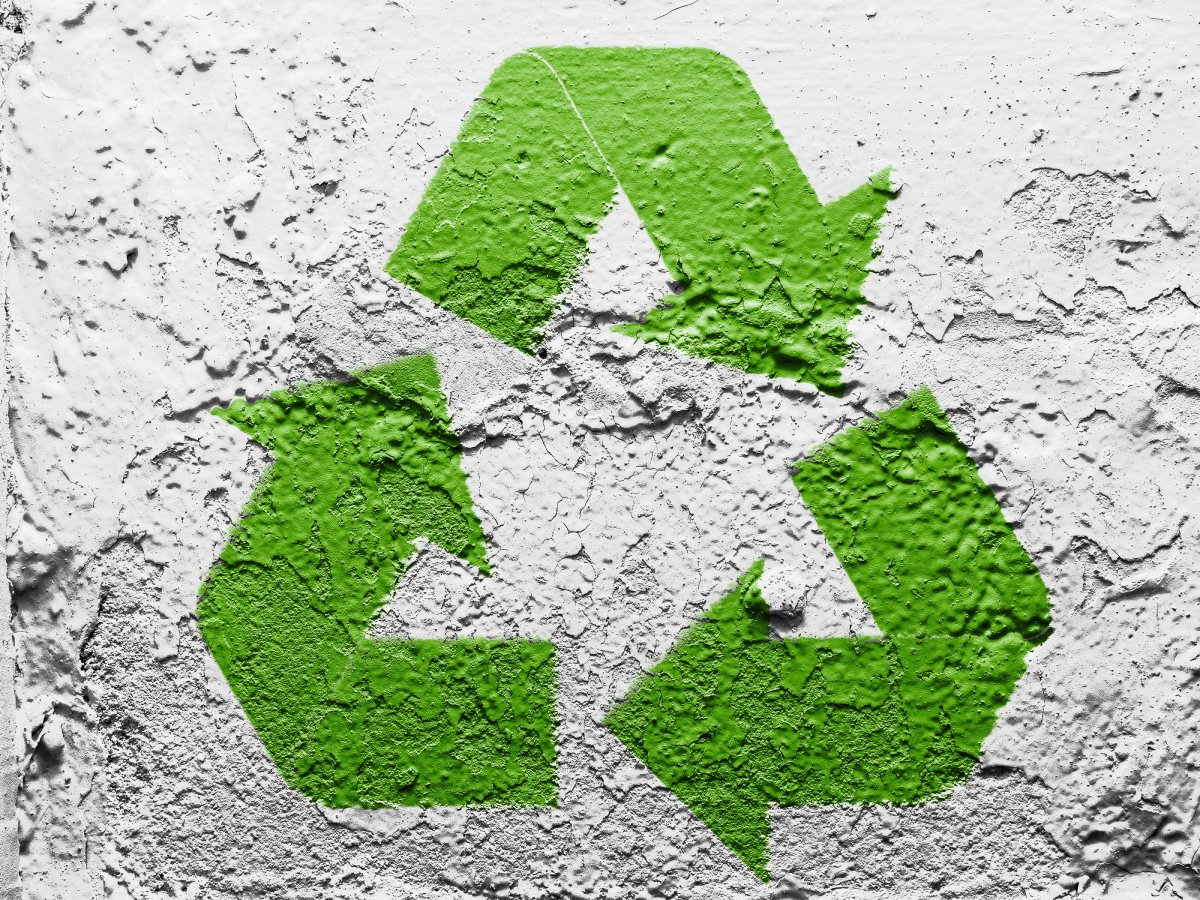
A Sustainable Finish
Adopting eco-friendly painting practices is a simple yet effective way to make a positive impact on the environment and your well-being. Transform your space with the confidence that you’re making a choice that’s good for both your home and the planet.
For those interested in a professional, hassle-free eco-friendly painting service, Dallas Paints stands ready to deliver outstanding results with accountability and professionalism. To schedule an appointment, complete the form or call us at: (214) 978-4400.


